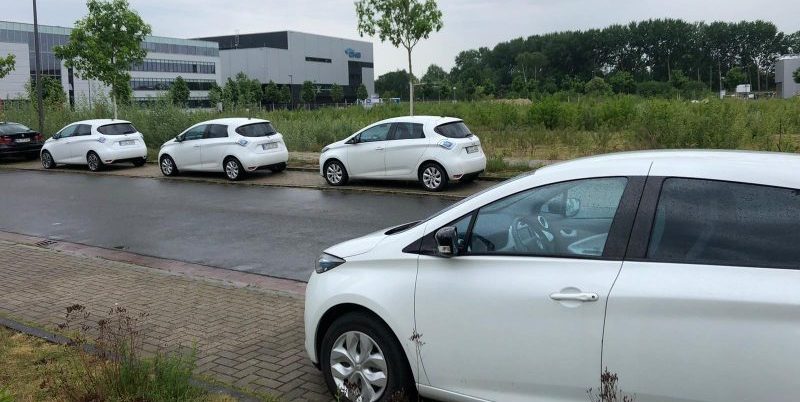With purchase premiums and tax benefits, (German) legislators want to convince company car drivers of the benefits of electromobility. After all, company cars are responsible for a large proportion of the climate-damaging CO2 emissions in traffic. But what are the hurdles that need to be overcome?
1. Preparation
Landowner consent. For the charging infrastructure, you must lay cables and install charging stations. To do this, you must obtain the consent of the owner of your premises.
Resources. Taking subsidies into account, you will at least be able to estimate which of your company’s resources you can use to convert the company fleet to electromobility. The cost point is unfortunately still a dealbreaker today and must be handled with appropriate care.
Time frame. Due to delivery times for both electric cars and charging infrastructure, a longer implementation period for your concept is currently required.
2. Economical planning
Determination of the necessary mobility demand. In the case of cars with internal combustion engines, the concept of range does not play a role. As you know, this is not yet the case for an electric car, although considerable progress has been made in recent years.
So a corporate fleet of electric cars may well consist of more models for an electric car. To do this, define user groups with different requirements and different distances to drive. For employees with high mileage requirements, such as those in the field, a hybrid vehicle can be a solution.
Infrastructure to charge electric cars. In contrast to a private home, you will need to charge several vehicles at the same time in a company. An efficient solution to this problem in particular presents a certain technical challenge and requires correspondingly careful planning.
3. Installation
Consent grid operator. Above a certain power for charging electric cars, it is no longer sufficient to notify the grid operator; you must obtain his consent. This is not harassment, because the grid operator must be technically capable of transmitting the corresponding power via the available lines.
4. Operation
The relief will be great once the system for operating and charging your company’s electric fleet is running smoothly. Remember, however, that such a system must be maintained and serviced. To do this, you will want to have statistics compiled on usage for economic reasons. For all these activities you should assign a responsible person.
5. Extension
You have installed and commissioned your first stations on the company premises, but now realize that the charging demand is increasing because employees are increasingly switching to electric vehicles privately as well or because you want to expand your fleet? Now there are different possibilities: You start the above process again and expand the charging infrastructure you have installed, or you use appropriate charging management solutions to better utilize your current charging infrastructure. Including your vehicle fleet in an intelligent live data based charging system, offers a short term and cost saving alternative to the expensive and time consuming expansion of the charging infrastructure, if it fits your changing mobility needs.

